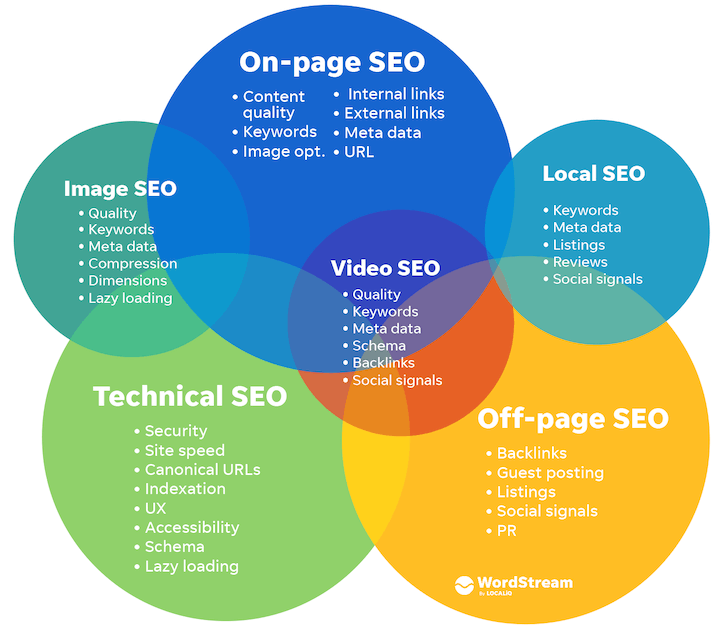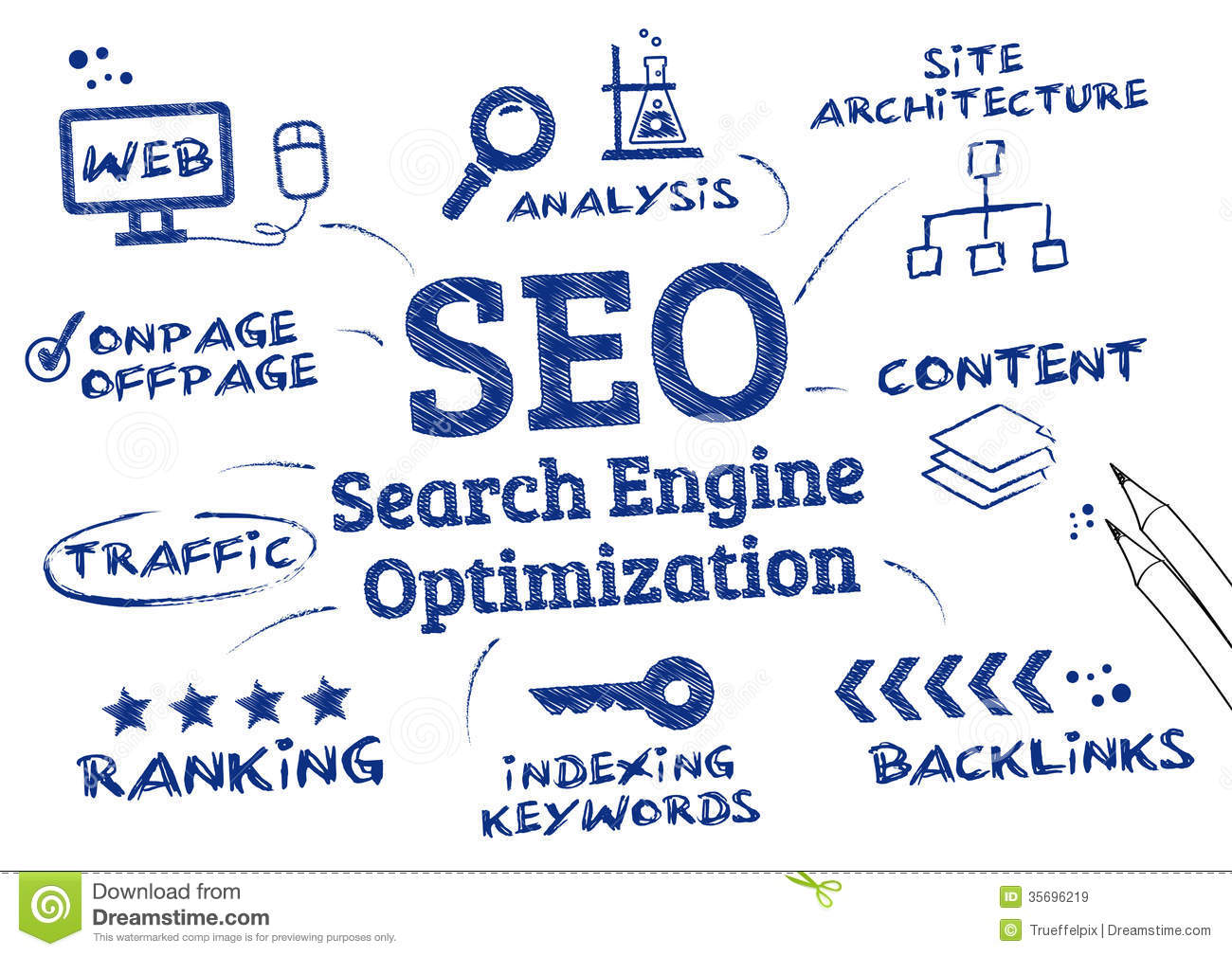Physical Address
304 North Cardinal St.
Dorchester Center, MA 02124
Physical Address
304 North Cardinal St.
Dorchester Center, MA 02124
”
Hey there, fellow global trade newbies! If you’ve ever felt lost in the alphabet soup of website marketing terms, you’re not alone. When I first dipped my toes into foreign trade websites, terms like ‘SERP’ and ‘CTR’ might as well have been ancient hieroglyphics. Let’s break down these confusing concepts together using real-world examples you’ll actually remember.

Ever wondered why some websites magically appear at the top of Google searches? That’s SEO working its magic. Think of meta tags as your website’s business card – that quick introduction that makes searchers click. I once worked with a client who doubled their traffic just by optimizing their product page descriptions!

Here’s a confession: I used to mix up UV and PV constantly. UV counts actual visitors (like counting heads at a store), while PV tracks every page viewed (imagine someone browsing multiple aisles). Pro tip: If your bounce rate climbs above 60%, it’s like customers walking into your store and immediately leaving – time to check your website’s first impression!
PPC campaigns can feel like bidding at an auction – exciting but risky. I learned this the hard way when a client’s oCPC campaign went haywire. Remember: Inbound marketing is like making friends at a party, while outbound is more like cold-calling strangers. Which do you think builds better long-term relationships?
Want to dive deeper into making these strategies work for your business? Check out our complete guide to website optimization techniques that actually convert!
Let me walk you through some must-know SEO terms that every website owner should keep in their back pocket. When I first started optimizing websites, terms like Meta tags (those hidden descriptors including the crucial Title-Description-Keywords trio) felt like secret agent codes. Did you know your robots.txt file acts like a nightclub bouncer, telling search engines which pages they can or can’t crawl?
 Ever tried the site: operator in Google? It’s like having X-ray vision to see exactly how search engines view your website’s indexed pages. Those backlinks everyone obsesses over? They’re essentially digital votes of confidence – though watch out for the nofollow tag that says “don’t count this endorsement”.
Ever tried the site: operator in Google? It’s like having X-ray vision to see exactly how search engines view your website’s indexed pages. Those backlinks everyone obsesses over? They’re essentially digital votes of confidence – though watch out for the nofollow tag that says “don’t count this endorsement”.
Here’s something I learned the hard way: Canonical URLs prevent duplicate content nightmares by telling Google “this is the original version”. And those pesky dead links? They’re like potholes in your website’s road – use tools like B2B Huoke’s Link Checker to find them before they damage your SEO.
 Newbies often confuse on-page SEO (optimizing your own content) with off-page SEO (building authority through external sources). Want to avoid Google’s penalty box? Steer clear of thin content – those flimsy pages that offer zero value. Pro tip: Tools like Domain Authority checkers help gauge your site’s credibility through those mysterious DA/PA scores.
Newbies often confuse on-page SEO (optimizing your own content) with off-page SEO (building authority through external sources). Want to avoid Google’s penalty box? Steer clear of thin content – those flimsy pages that offer zero value. Pro tip: Tools like Domain Authority checkers help gauge your site’s credibility through those mysterious DA/PA scores.
Remember when I thought email outreach meant spamming? Turns out it’s actually about building genuine connections. And if your new site isn’t ranking despite perfect SEO, you might be stuck in the Sandbox – Google’s probation period for fresh websites. Don’t panic, it usually passes faster if you focus on creating quality content!
Let me share some real-talk about the data metrics that keep digital marketers up at night. You know that feeling when you’re staring at analytics dashboards and all those acronyms start blending together? I’ve been there too. Let’s break down these terms like we’re chatting over coffee.
Average Session Duration is like that friend who won’t leave your party – the longer they stay, the better your content must be. But here’s the catch: I’ve found that quality beats quantity every time. A 5-minute session reading your product page beats 10 minutes of confused browsing any day.

UV (Unique Visitors) vs PV (Page Views) reminds me of my last webinar. Imagine 100 people (UV) clapping 300 times (PV) – that’s the difference. Pro tip: If your UPV (Unique Page Views) is climbing but sales aren’t, maybe your checkout process needs some love.
Here’s a confession: My first landing page had 80% bounce rate! Turns out mobile users couldn’t read my microscopic text. Remember, high bounce rates might just mean your pop-up is too aggressive, not that your content sucks.

CTR (Click-Through Rate) and CVR (Conversion Rate) are the ultimate frenemies. I once had a 5% CTR on ads but 0.3% conversions – turns out I was attracting window shoppers. The sweet spot? Balance visibility with relevance. And don’t get me started on Retention – it’s cheaper to keep existing customers than chase new ones, but who has time for that?
Here’s the kicker: All these metrics connect like puzzle pieces. Last quarter, by focusing on reducing bounce rates through better mobile optimization (learn from my mistakes), we accidentally boosted average session duration by 40%. Go figure!
Let me tell you a secret – when I first heard terms like DSP and oCPM, I thought they were robot codes! After years of trial and error in digital marketing, here’s my plain-English guide to understanding these buzzwords without the corporate fluff.

SEM (Search Engine Marketing) is like paying for premium parking spots on Google. Instead of organically ranking through SEO, you’re essentially bidding for that top ad space. PPC (Pay-Per-Click) is its cash register – you only pay when someone actually clicks.
Now here’s where it gets interesting: CPC (Cost Per Click) means you’re charged per click, but oCPC (Optimized CPC) is smarter – it uses AI to only charge you for quality clicks that might actually convert. It’s like having a bouncer for your ad budget!
Ever wondered how those perfectly matched ads pop up on your screen? Meet DSP (Demand-Side Platform) – the stock market for ad spaces where advertisers bid in real-time through RTB (Real-Time Bidding). On the flip side, SSP (Supply-Side Platform) is where publishers sell their ad slots. DMP (Data Management Platform) acts as the matchmaker, connecting user data between advertisers and publishers.

CPA (Cost Per Action) changed how I measure success – instead of counting clicks, you pay only when users take specific actions like sign-ups or purchases. oCPA takes it further by using machine learning to predict which users are more likely to convert. For physical products, CPS (Cost Per Sale) is my go-to metric – no sale, no ad cost!
Display Ads are those flashy banners you see everywhere, while Native Ads are the chameleons – blending seamlessly into content feeds. Pro tip: Native ads on platforms like industry blogs often get 3x more engagement than traditional banners.
Inbound Marketing flipped my strategy upside down – instead of chasing customers, create valuable content that attracts them naturally. Think helpful guides or webinars rather than intrusive pop-ups. Affiliate Marketing became my secret weapon too – it’s like having an army of commission-based salespeople without fixed salaries!
Remember: CPM (Cost Per Mille) charges per thousand impressions, great for brand awareness. But if you’re tight on budget, vCPM (Viewable CPM) ensures you only pay for ads people actually see – no more paying for ads buried at the bottom of pages!
What surprised me most? CPI (Cost Per Install) isn’t just for app developers. I once used it creatively to track PDF guide downloads for a consulting business. The marketing playbook keeps evolving – the key is understanding these tools without getting lost in the jargon jungle!